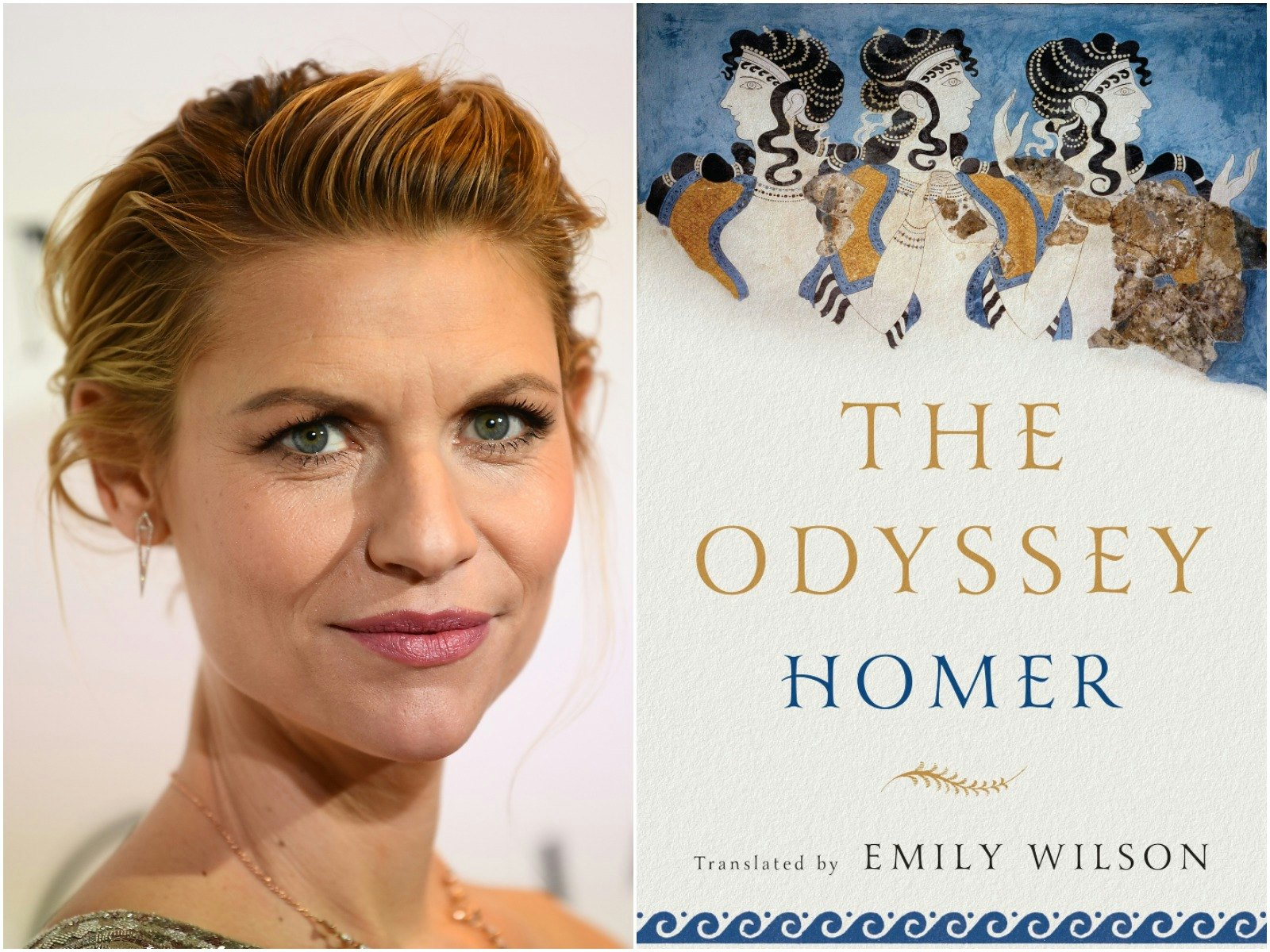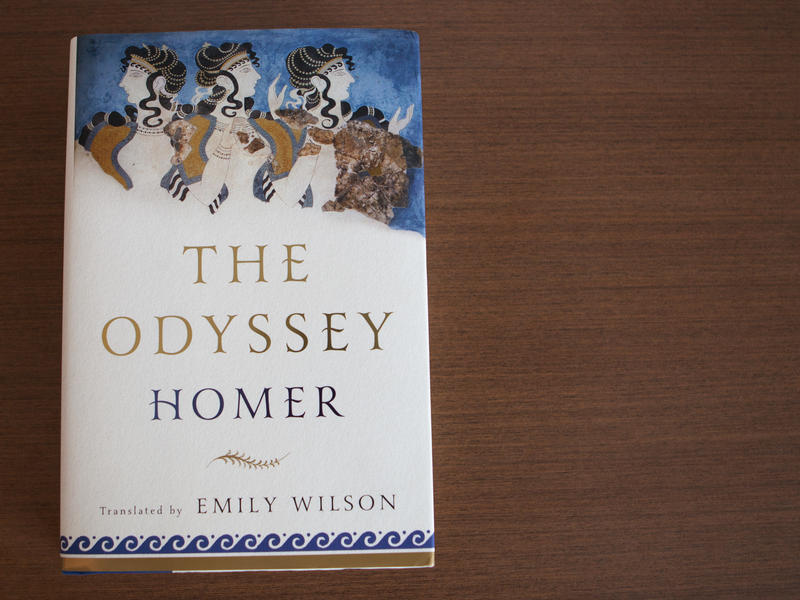
Most unexpectedly, Odysseus actually arrives home halfway through the poem. Then he crosses the sea to the island of the Phaeacians, where he recounts his tale of suffering up to that point, including the infamous cyclops, Circe, and Hades. But he chooses home – and therefore ultimately death. We meet Odysseus towards the end of his journey, stuck on an island for seven years with minor goddess Calypso, who has promised him immortality if he would only marry her. Instead it starts with Telemachus, almost 20, setting out to ask the old Trojan warriors for news of his father. This is a story in which the central character doesn’t appear for four chapters. What took me completely off guard was the daringness of the narrative. (I jest: Homer doesn’t do happy endings). Finally, Odysseus returns home, massacres the suitors, and everyone lives happily ever after. Meanwhile back in Ithaca a hundred suitors have been trying to woo his wife, eating Penelope and Telemachus out of house and home. Odysseus is waylaid by various fantastical turns of misfortune – cyclopes, sirens, witches, monsters, goddesses, the dead – and takes ten years to get home. The fighting goes on for ten years, then, having conquered Troy, the Greeks set off home.

So there were few surprises in terms of the plot itself.īriefly then: Odysseus, king of Ithaca, left his wife Penelope and newborn son Telemachus 20 years ago to fight in the Trojan war alongside heroes such as Achilles (see: The Iliad). I’d also enjoyed Madeline Miller’s Circe, a modern inversion of the tale (and other Greek myths) from one of the epic’s female characters.

I knew a bit heading into The Odyssey, having picked up a fair amount of the plot from around and about (unlike The Iliad, The Odyssey lends itself more easily to anthologies of Greek mythology). This year I felt it was time to journey back to Ithaca. Last year I read The Iliad (translated by Caroline Alexander).


 0 kommentar(er)
0 kommentar(er)
